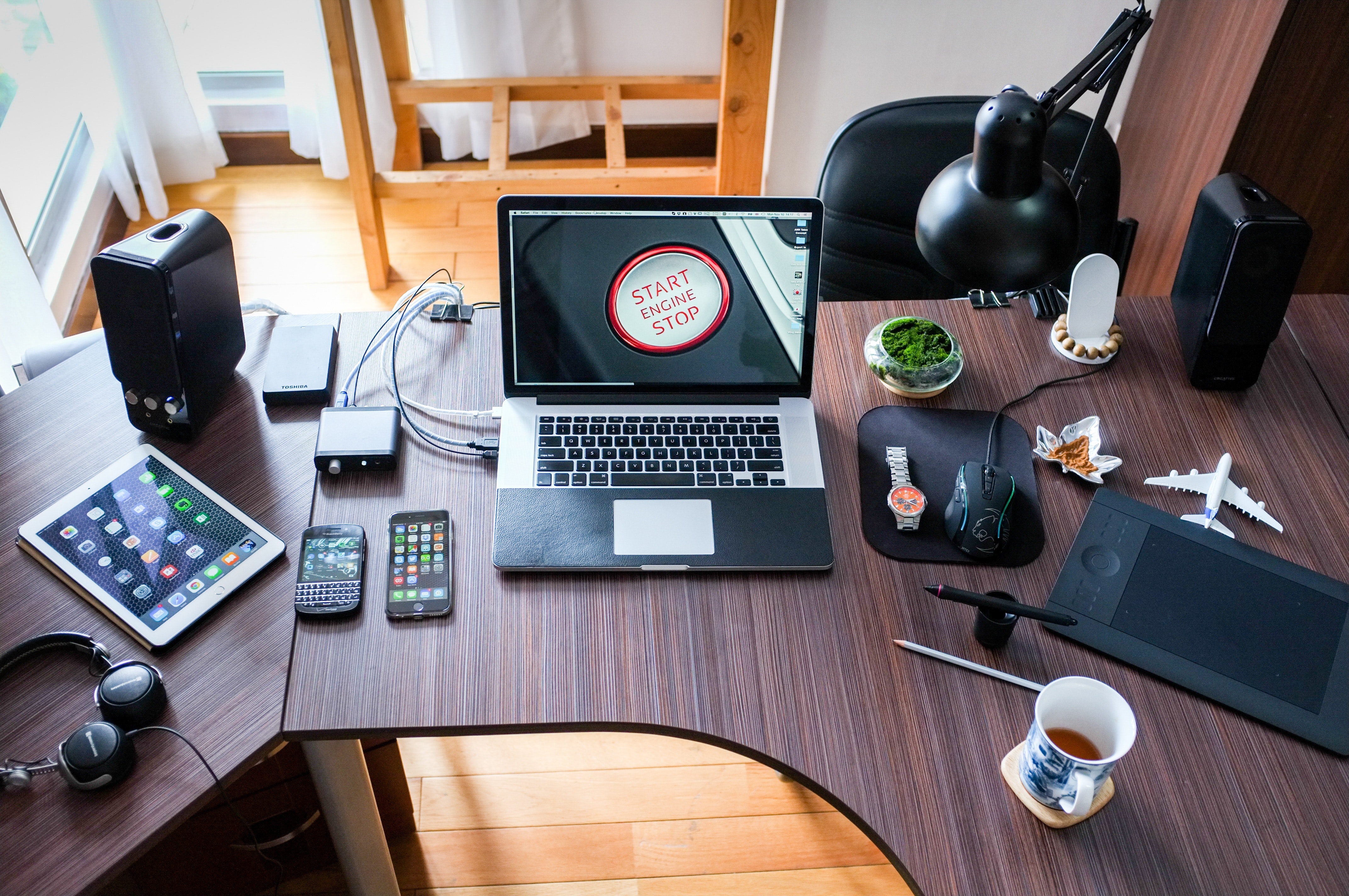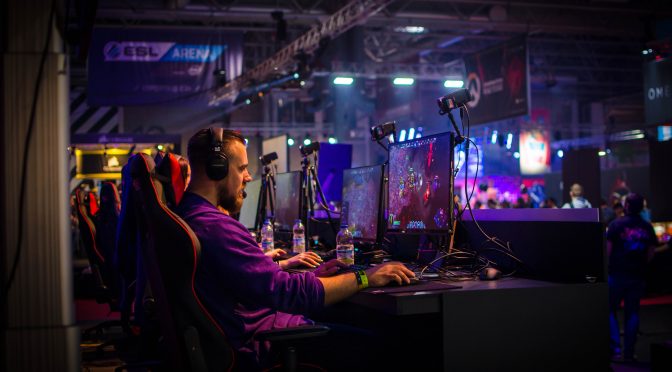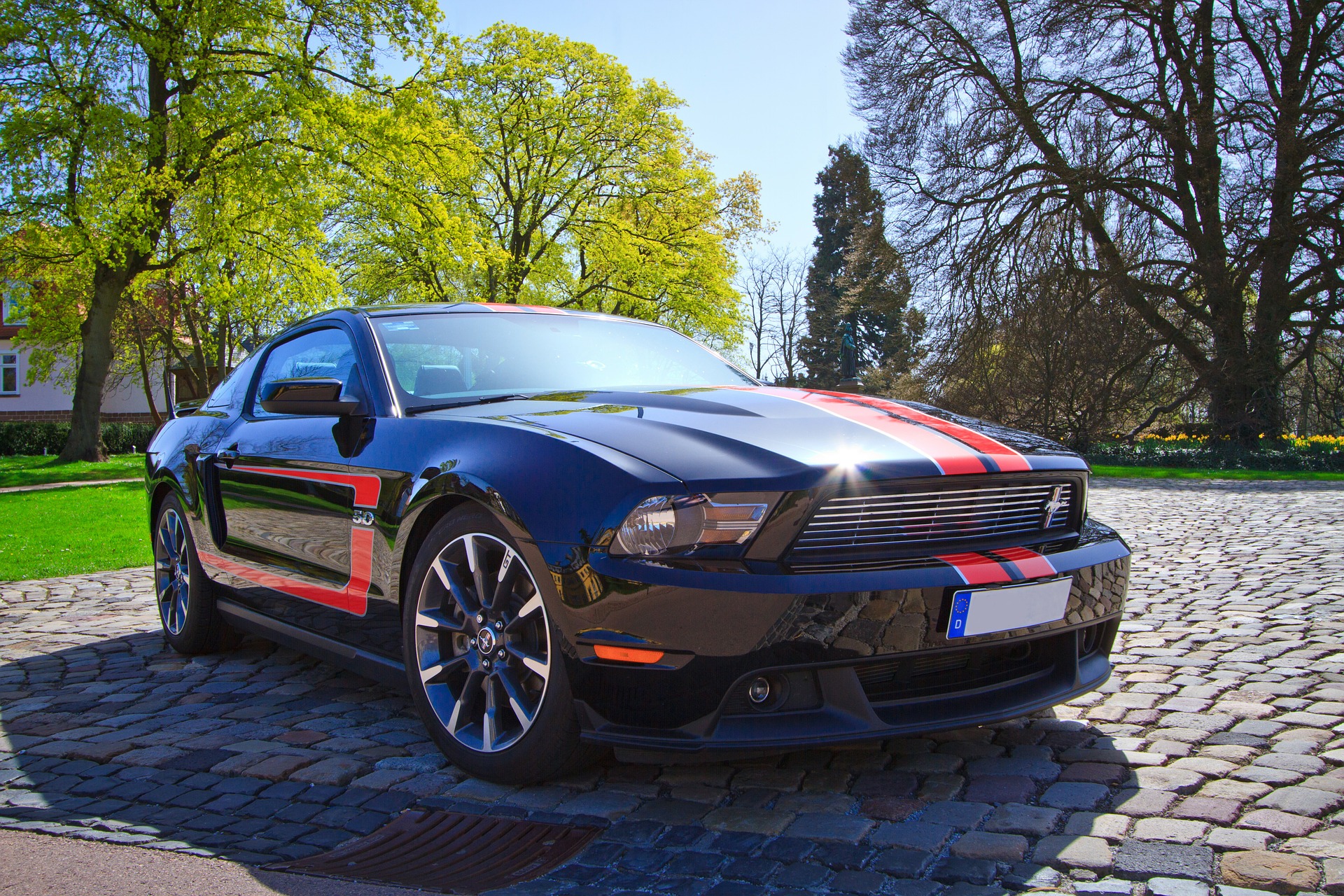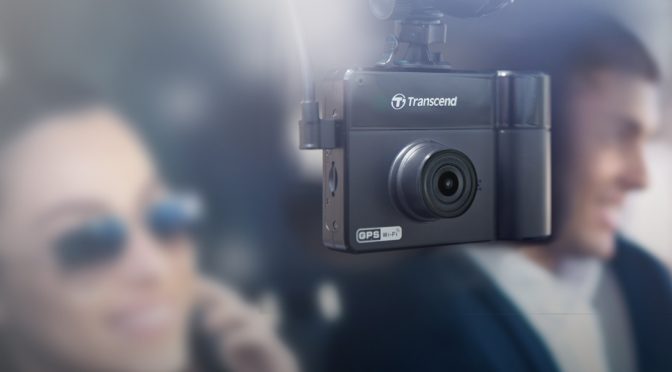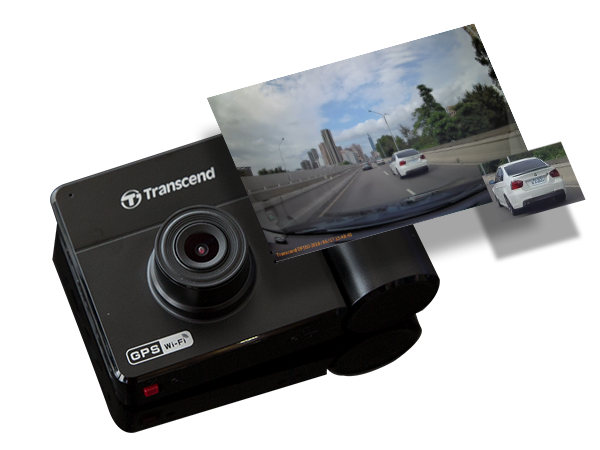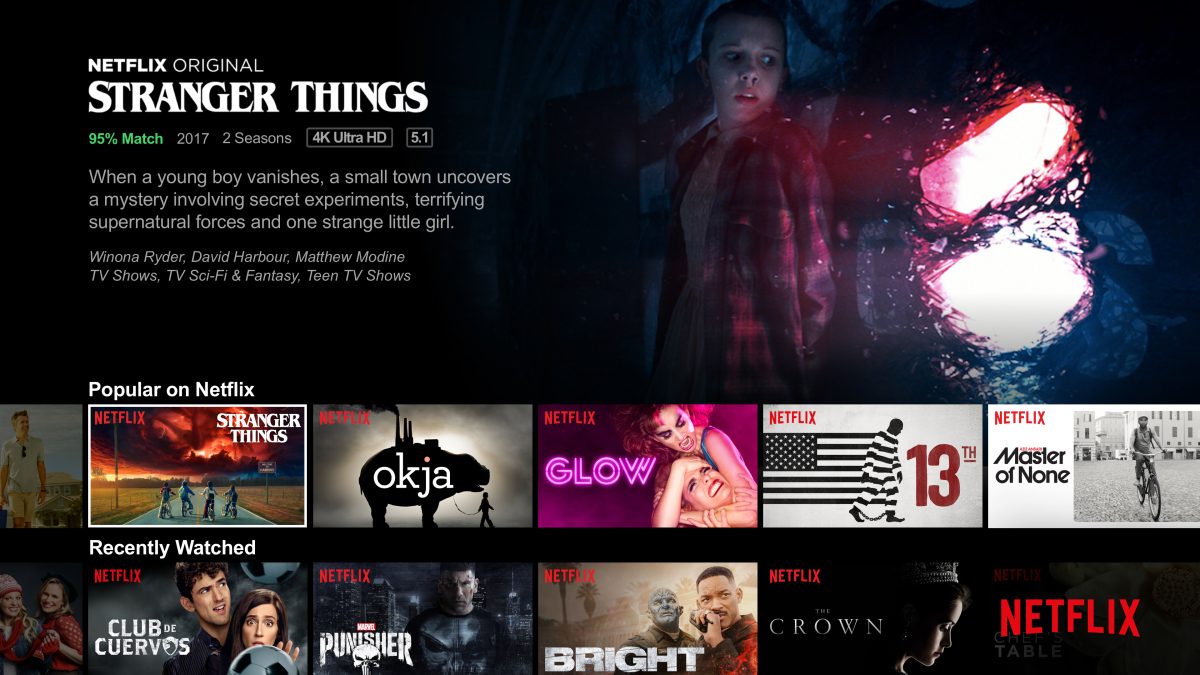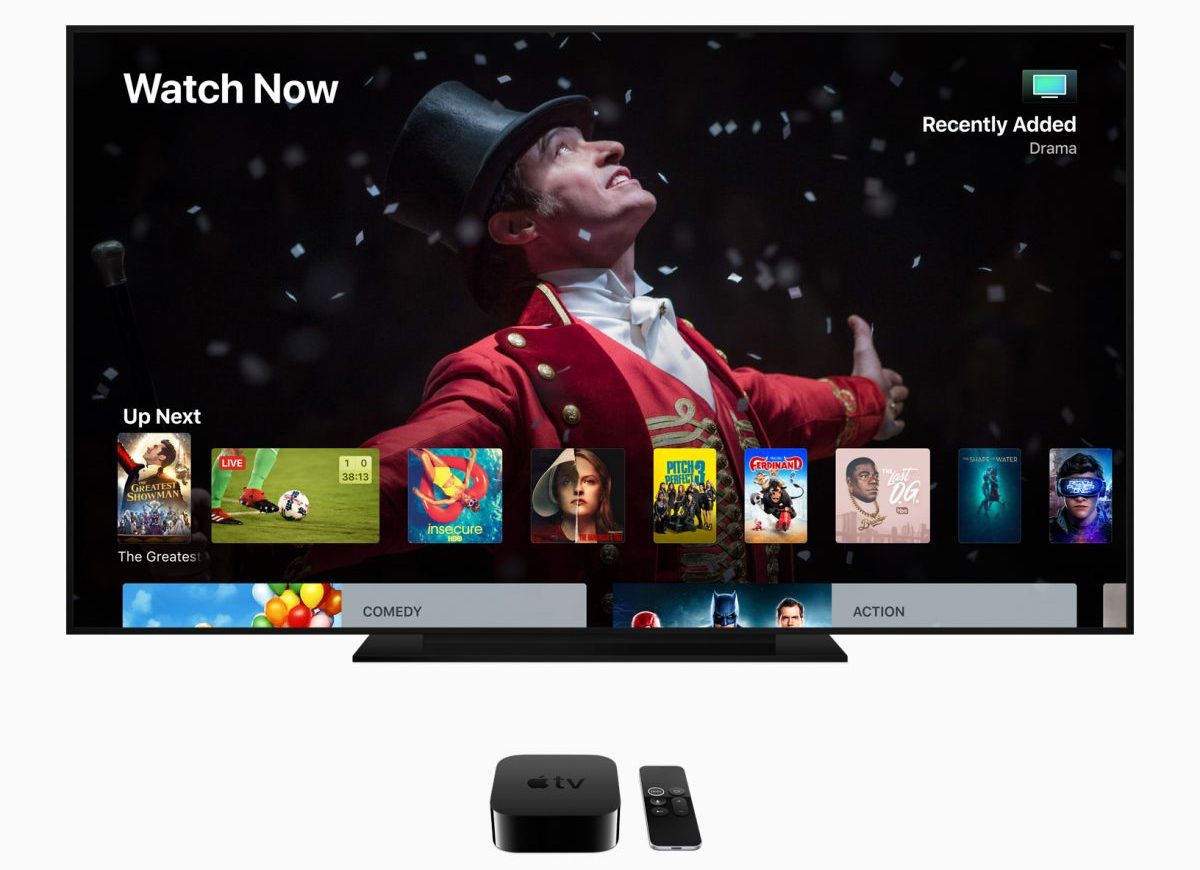 When you run a small business, chances are that you thought up an innovative product idea and were certain that it would sell to the consumer market. You’ll have invested a whole lot of hard work, time, effort, and money into developing these products, conducting market research to determine price points and potential improvements, curating advertising and marketing campaigns, and either setting up a brick and mortar store or creating an online Ecommerce store. This is a whole lot to do! But once it’s all complete, your professional journey isn’t over. You don’t just get to sit back and relax while you see the profits roll in. Believe it or not, you’re going to end up spending a whole lot of time familiarising you with things that you would never have initially connected with your business. Things that you wouldn’t have had a clue you’d eventually need to learn about. Software is one of these things. Without software, chances are that your business would never have made it off the ground. So, it’s importance that you understand different types of software that could prove beneficial to your business’ success and progression! Here are a few software related pieces of information that could really benefit you and your business in the long run!
When you run a small business, chances are that you thought up an innovative product idea and were certain that it would sell to the consumer market. You’ll have invested a whole lot of hard work, time, effort, and money into developing these products, conducting market research to determine price points and potential improvements, curating advertising and marketing campaigns, and either setting up a brick and mortar store or creating an online Ecommerce store. This is a whole lot to do! But once it’s all complete, your professional journey isn’t over. You don’t just get to sit back and relax while you see the profits roll in. Believe it or not, you’re going to end up spending a whole lot of time familiarising you with things that you would never have initially connected with your business. Things that you wouldn’t have had a clue you’d eventually need to learn about. Software is one of these things. Without software, chances are that your business would never have made it off the ground. So, it’s importance that you understand different types of software that could prove beneficial to your business’ success and progression! Here are a few software related pieces of information that could really benefit you and your business in the long run!
Standard Software
There’s plenty of generalised software out there that you can use. It will help you to complete a whole host of day to day professional tasks. Some will automatically be installed on your devices when you have them. Some will need to be purchased. Sometimes you will receive a disk, but more often than not nowadays, you will have some sort of product key like a windows 10 product key or you will have to log in to some sort of subscription service. Make sure to check whether there is a free trial available before purchasing any particular software. There often is and it’s worth checking that the software meets your needs before investing any money in it.
Custom Software
Now, standard, widely available software can be extremely useful. But as your business grows and expands, chances are that you’re going to need something a little more specialist. This will help to iron out complications in your current process and can help you and any employees that you may have to complete work faster, more accurately, and more efficiently. Now, custom software can be whatever you want it to be. It can be a programme that can be incorporated into your manufacturing process to mass produce particular items. It can be software that helps you to manage and maintain your mailing lists, sending out regular correspondence. It can be software that monitors your employees checking in and out to determine whether people are on time or not. Whatever it may be that you want, you should get in touch with custom software developers. They will be able to bring your dreams to reality! Sure, this may come at a higher cost that standardised software, but it’s generally more than worth it!
Software Updates
Whatever software you do decide to use, make sure that you run regular software updates. Sure, it can be tempted to click “ignore” or “remind me in an hour” when you are prompted to update your software. But make time for it. Software updates have various benefits. They generally offer you better software that has been improved, is easier to use, is more aesthetically pleasing, or is more functional. Next, software updates make you less prone to being hacked by cyber criminals. The longer a particular piece of software has been running, the longer people have had to figure it out and try to break into it. If you have the latest version, fewer people are going to be able to tap into it.
Hopefully, the above information has helped to familiarise you with some of the different types of software available to you and how to best maintain it once you have invested in it! Sure, this may seem like a relatively new area, or an area that you don’t need to fuss about, but it does play a massive role in your business’ ability to function. So don’t underestimate its importance!



